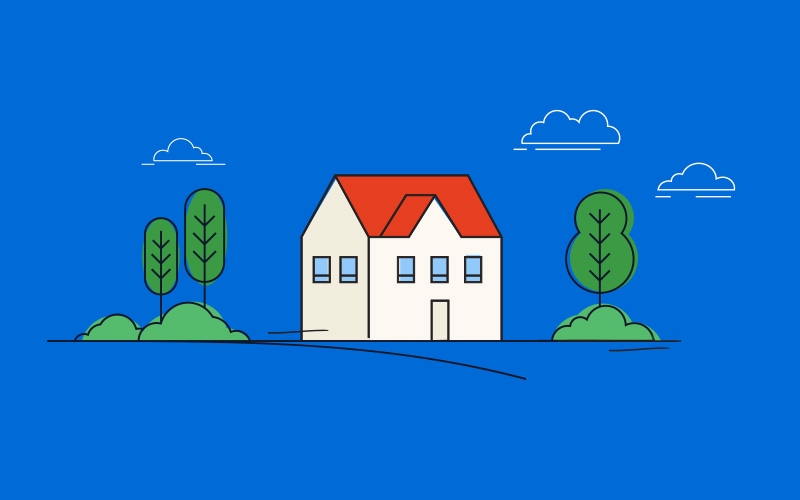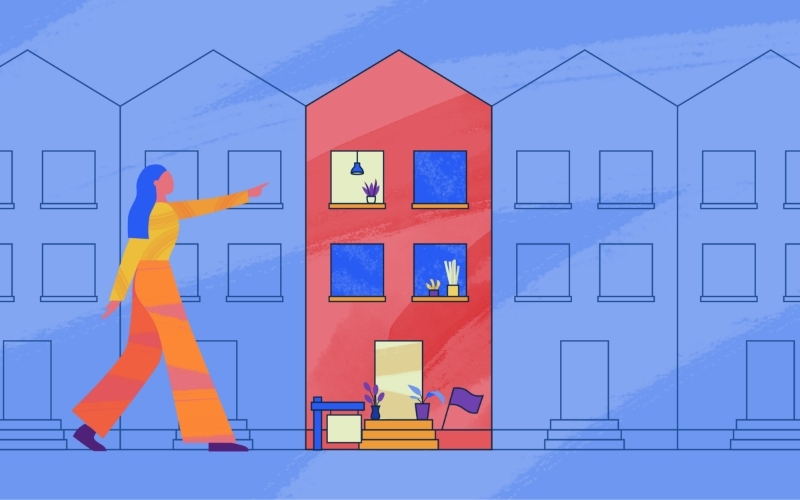Marketing Insights
Brand Strategy
With millennials squarely in their homeownership years and Gen Z making moves, it may be tempting to put all of your marketing dollars into reaching these younger groups. But it’s too early to overlook their older counterparts, including baby boomers and the Silent Generation.
Today, roughly one-third of the U.S. population is 55 or older. This group holds considerable wealth and remains a crucial market segment for home improvement companies.
My advice to home and building marketers who want to build rapport with younger generations without losing a sizable audience that has considerable means? Adopt a balanced strategy that targets both.
Let’s take a look at the facts.
Key Demographic Shifts Shaping the Market
According to John Burns Research and Consulting, as Gen X and baby boomers age, the 55-plus population will grow from 101 million to nearly 114 million people over the next decade, with much of that growth in the 70-plus age range. Furthermore, according to ROAR forward, a business intelligence group that aims to redefine age stereotypes, by 2030, “there will be more people over 65 than under 18 for the first time in recorded history.”
This is a dramatic shift to a world dominated by older adults with significant buying power.
Unique Characteristics of 55-Plus Homeowners
The 55-plus demographic includes subgroups with varied needs, lifestyles and spending habits.
Four generations in one: This group spans Gen X, boomers, the silent generation and the greatest generation. The group is largely boomers (73%), and many are actively working (39%).
The Sandwich Generation: One-third of adults over 50 are simultaneously supporting children and aging parents, which creates unique household dynamics and financial priorities.
Racially and ethnically more homogenous: Older households are more racially and ethnically homogenous than their younger counterparts. As of 2021, 76% of household heads aged 65-plus are white. In contrast, household heads ages 50 to 64 are 66% white. Households under 50 are even more diverse, so as younger cohorts age, the older population will gradually diversify.
This means that marketing to the 55-plus group requires nuanced messaging that acknowledges the unique needs of diverse people — from still-working adults to those in retirement. Don’t rely on a one-size-fits-all approach.
Spending Behavior of Older Homeowners
Concentration of wealth: According to JBREC, mature adults comprise 25% of the population but hold 70% of U.S. assets. Their spending habits support lifestyle improvements such as home upgrades, travel and health. Additionally, retired parents and grandparents in this group have accumulated trillions in wealth they must soon pass on to their children and grandchildren or spend quickly.
Prioritizing home improvements: Older homeowners, especially boomers, are more likely to invest in significant home renovations and maintenance, presenting a ripe opportunity.
Home and building marketers should leverage this group’s strong financial position by emphasizing quality, durability and value in product messaging, particularly in the case of home improvement products.
Key Home Improvement Trends Among Older Homeowners
Contrary to popular belief, boomers are active remodelers: Many invest in major renovations, such as kitchen and bath remodels, and smaller maintenance tasks, such as painting and weatherproofing.
Since three-fourths of older homeowners intend to remain in their current residence as they grow older, they represent a hot market for home improvement opportunities. In fact, many boomer homes have become time capsules that are overdue for home improvement projects. Consider the following:
Nearly three-fourths of boomers have lived in their current home for over a decade.
About 70% of boomers reside in a home that is 30 years old or older.
Marketing messages should focus on practical, long-lasting solutions for aging in place while also addressing the desire for aesthetically pleasing, value-driven renovations.


